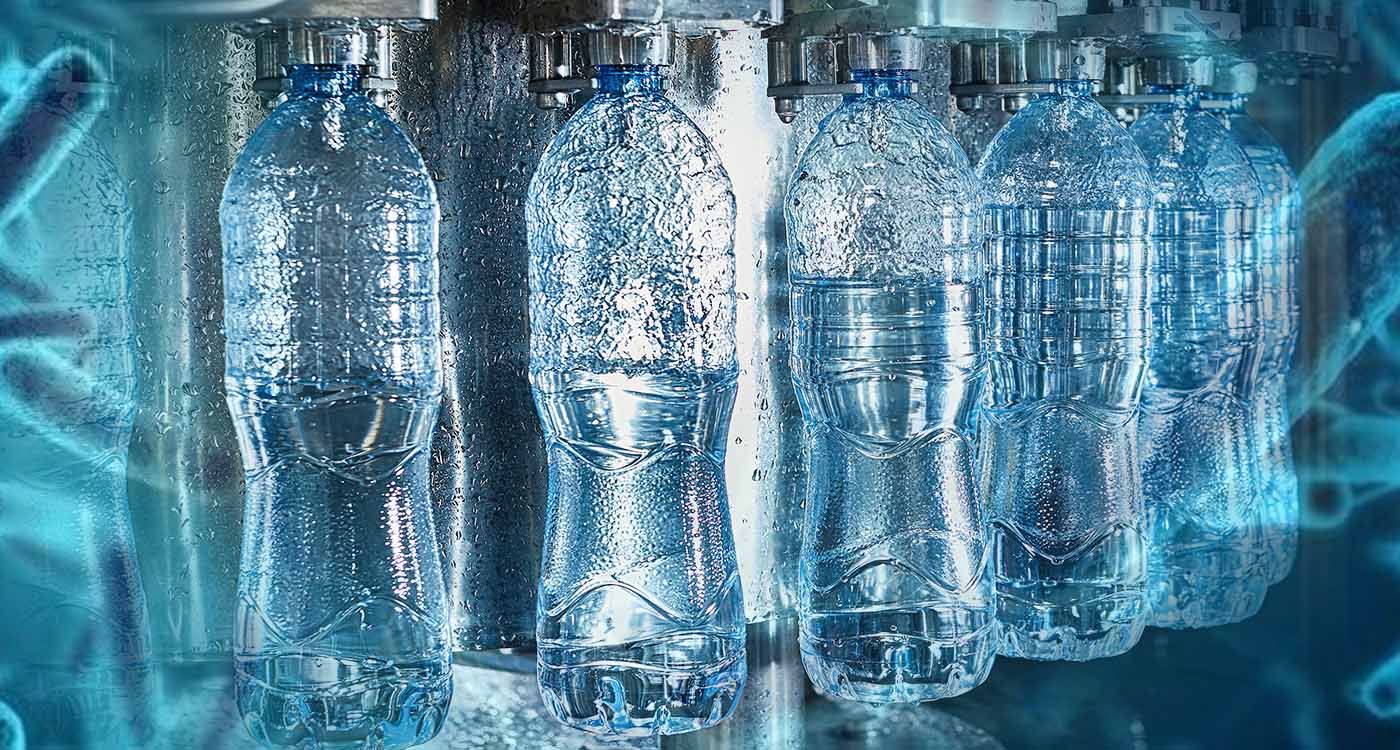
At around 4 PM today, a statement from the Ministry of Public Health announcing the microbiological contamination of several batches of a Lebanese bottled water brand sparked a wave of panic. The news was initially denied then confirmed just minutes later. That was enough to set phones ringing endlessly as doctors, pharmacists and ministry staff were flooded with calls while public concern grew rapidly. Here’s what matters from a medical standpoint: how to understand the situation, measure the real risk and take the right precautions.
Pseudomonas aeruginosa is found almost everywhere, in both water and soil. Known as an opportunistic bacterium, it mainly infects vulnerable or hospitalized individuals and is notable for its frequent resistance to antibiotics.
Why It’s a Problem in Bottled Water
Standards require the complete absence of P. aeruginosa at the time of bottling. Its detection indicates a hygiene failure in the filling line, circuits or filters, and necessitates the withdrawal of affected batches, thorough sanitation and reinforced quality control.
The Real Risks
For most healthy people, occasionally drinking water that contains this bacterium is unlikely to cause illness. The risk rises, however, for individuals with weakened immune systems, including those receiving chemotherapy, transplant patients or anyone on long-term corticosteroid treatment. It also poses a danger to severe burn victims, premature infants and hospital patients. Contact-lens wearers are at particular risk of keratitis if they handle their lenses with contaminated water.
Possible Symptoms
In healthy individuals, Pseudomonas aeruginosa infection can cause external ear infections after exposure to contaminated water, leading to pain, itching or discharge. It can also trigger “hot tub folliculitis,” an itchy rash that appears after bathing or spa use, as well as eye irritation when contact lenses are rinsed with non-sterile water.
Severe forms of infection, such as respiratory infections, septicemia, urinary tract infections or wound infections, mainly affect high-risk patients.
What to Do if You Have Consumed This Water
If you are healthy and show no symptoms, no specific action is required. As a precaution, switch to a different brand until official guidance is provided, and keep the bottle with its batch number in case of a recall or exchange.
If you belong to a high-risk group, avoid any potentially affected batches for drinking or preparing baby bottles. Never use the water, whether tap or bottled, to rinse or store contact lenses. Always use sterile, dedicated solutions for that purpose.
When to Seek Medical Advice
- If you have recently consumed bottled water from the brand in question and experience persistent fever, prolonged diarrhea, repeated vomiting, severe abdominal pain, signs of dehydration or any worsening of an underlying condition (such as immunodeficiency or chronic illness), contact your doctor.
- For infants, elderly individuals or immunocompromised patients, seek medical attention promptly if digestive issues, fever, unusual lethargy or refusal to eat or drink occur.
- If no symptoms are present, simple monitoring is generally sufficient, and tests are not routinely required.
Frequently Asked Questions
Can the water be “disinfected” at home?
Boiling can significantly reduce microbiological risks, but it is not the intended use of bottled water. It is better to avoid consuming a suspicious batch and replace it.
Should all bottles be thrown away?
No. Only the batches listed in an official notice or by the producer are affected. Keep your proof of purchase in case of a recall.
Is there a short-term danger for the general population?
The risk remains low for healthy individuals. The main concern is protecting vulnerable groups and ensuring the sanitary compliance of the water supply chain.
Authorities are awaiting the exact list of affected batches and production dates, the effective withdrawal from points of sale, audits, disinfection and microbiological validation of the bottling process, followed by the publication of tests confirming a return to compliance. On Tuesday, the officials of the company in question held a press conference to retrace the history of the company and to deny any breach of hygiene rules. They indicate that they are awaiting the results of the counter-expertise and, in the meantime, affirm that they are complying with the decision of the Ministry of Public Health.
As the economy struggles, security falters and crises pile up, water itself has now become a source of fear. Amid scarce resources, lukewarm alerts and urgent emergencies, Lebanese consumers would have preferred not to face yet another cause for anxiety in the water aisle.





Comments